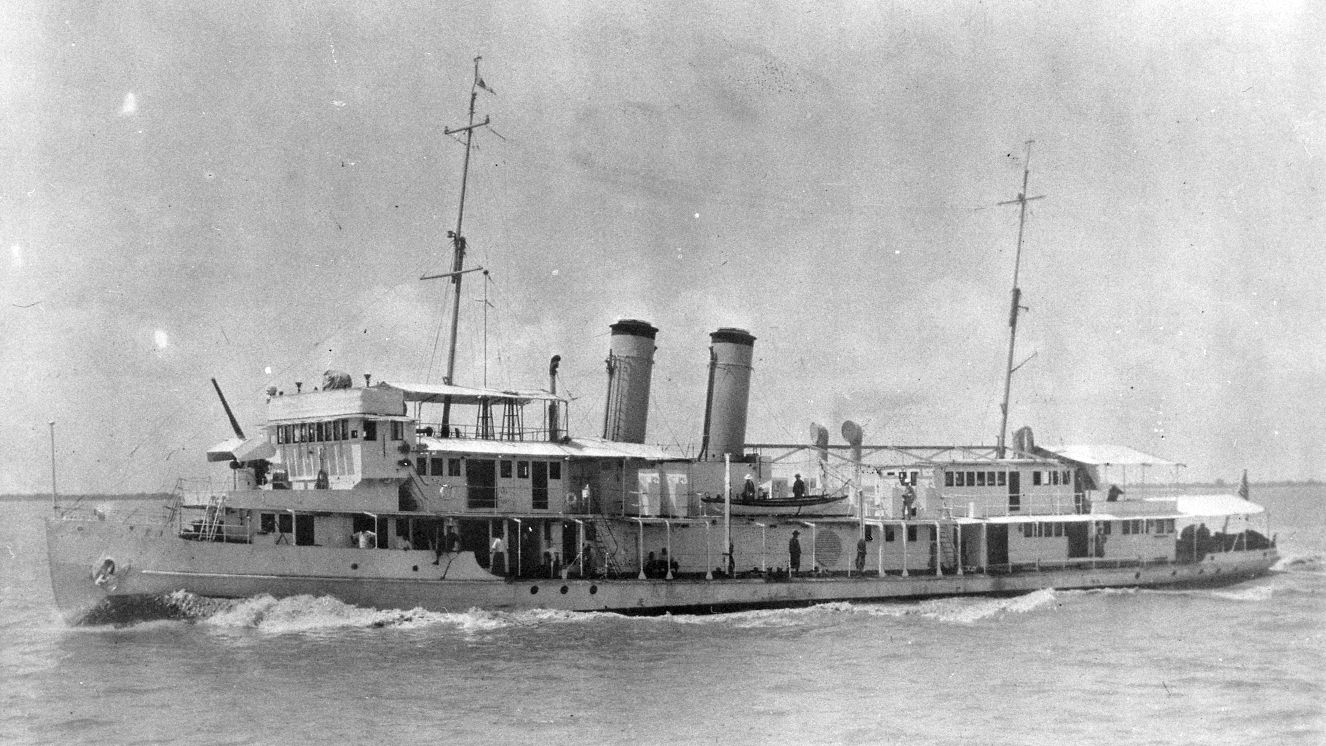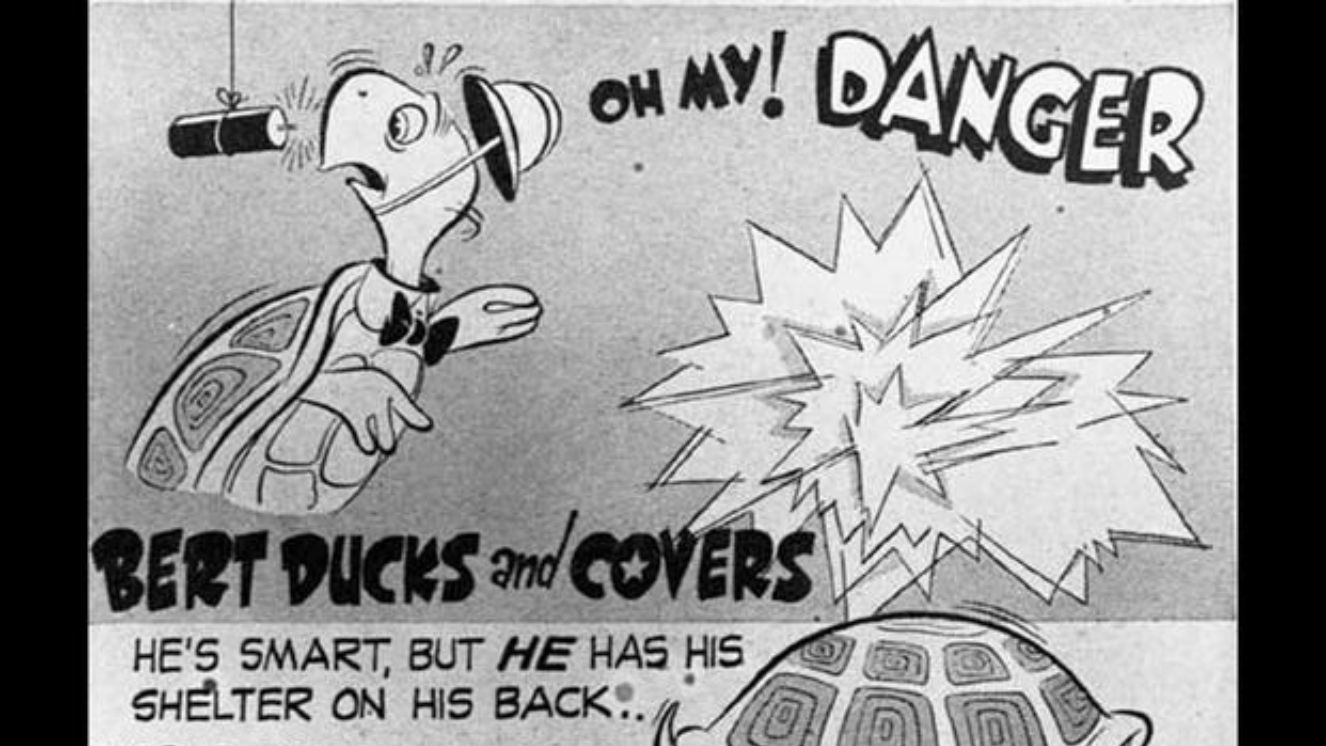WHAT LIFE WAS LIKE INSIDE A JAPANESE-AMERICAN INTERNMENT CAMP

Fear can make society reactionary and unpredictable. Often, this can include immoral and unethical behavior. A prime example of this phenomenon is the unfair treatment of Japanese-Americans who were sent to internment camps throughout the western portion of the United States. What was life like in the internment camps? The short answer is: inhumane. Although Japanese-Americans were not the only group to suffer during World War II, they were treated harshly in ways that other groups were not. The daily life of a Japanese internment camp resident was one of possessing limited resources, suffering invasion of privacy, horrifying betrayals, torturous conditions, and in many cases, death. Related Read: How the Heart Mountain Internment Camp Started a WWII Revolution
Japanese Internment Camps Facts
The surprise attack on Pearl Harbor

- From 1942 to 1945, there were ten Japanese-American internment camps in the United States located in Arizona, Arkansas, California, Colorado, Utah, and Wyoming.
- Between 110,000-120,000+ prisoners were detained during this time period.
- Overall, the Japanese-American incarceration would cost those affected a total of $400 million in lost property. The reparations that were paid back for these atrocities paled mightily in comparison.
- Schooling was available for children, but both education and healthcare were lacking in relation to the outside world.
- Adults were able to work labor jobs for $5 per day. As of the time of this writing, this would be the equivalent of around $86 per day in modern times.
- The incarceration of Japanese-American citizens would lead to labor shortages for harvesting crops. Many of the internment camps were in non-farmable lands and the prisoners would be released to harvest crops due to the shortage of labor during the war.
More Like This: 5 Asian-American War Heroes We Should’ve Learned About in School
Life in Internment Camps
Life in the internment camps meant being stripped of home, property, and life. It was being forced from the comfort of shelter into a prison with thousands of others. Entering life in the internment camps meant losing employment and prospects and being handed minimal opportunities in difficult working conditions. Trying to escape could mean federal prison or simply death. It also meant scrutiny and a threatening environment. Between the threat of testing your loyalty to a nation that has just unjustly incarcerated you and is simultaneously trying to draft you for war due to the mass casualties it's suffering, there were many dynamics that played out in the social and political facets of everyday life. Instead of enjoying the comforts of home, you now shared a common bathroom and laundry facilities with fellow inmates. Sometimes there was water, other times there was not. Hot water was never very prevalent. Your bed was now a cot and coal-burning stoves were available for heat and warming the bland food that was distributed among the detention centers. Sickness and mental health issues would be a problem for many and cause some to die as a result. Overall, the conditions inside the Japanese-American internment camps often resembled prison, because, in reality, that's what they were. This is what life was like in the internment camps, not simply a relocation, but a mass imprisonment of people based on their appearance and heritage.
When Were Japanese Internment Camps Closed?

Suggested Read: Holocaust Graphic Novel Maus And Other Media That Bring Horrors Of War To Life
How Many Died in Japanese Internment Camps?

Daily Life in Japanese Internment Camps is a Stain on American History
When people ask “what was life like in the internment camps,” it's difficult to truly put into words. It's unfair to compare the treatment in Japanese internment camps to other restrictive situations because each struggle is its own battle. What's true beyond a doubt is that these conditions were unacceptable to the thousands of people that were forced to endure them. Generationally, the effects of Japanese internment camps hurt families socially, emotionally, and financially. It's important to remember this dark chapter in American history and to learn from it so that in the future, we can all navigate fear without the use of systemic racism and its horrifying consequences. Related Read: New Study Surfaces Detailing Racial Discrimination in the Military
BY BUDDY BLOUIN
Buddy Blouin is a Contributing Writer at VeteranLife.com
Buddy Blouin is a Contributing Writer at VeteranLife.com



